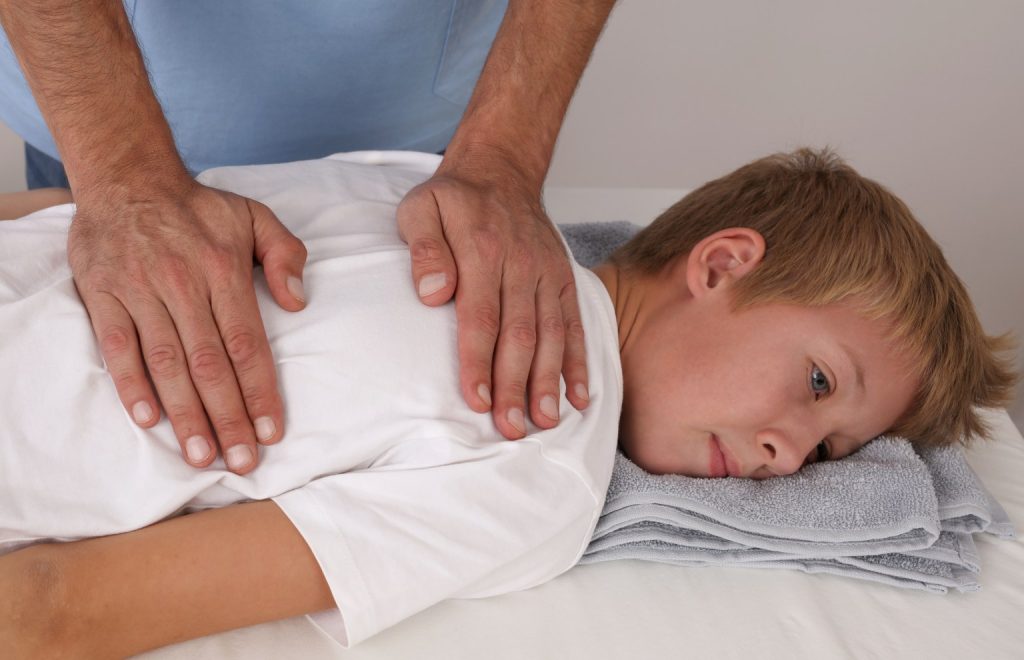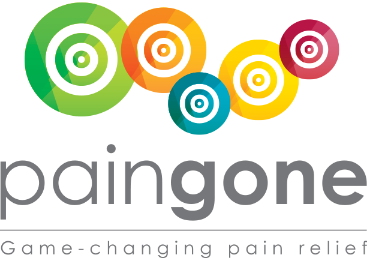
May 29, 2021
Paingone
Chronic Pain Slows Brain’s Processing Speed
Many studies have suggested a link between chronic pain and a decline in cognitive function in the past few decades, but there is little consensus on the forms in which the descent is manifested. In the latest issue of Pain, French researchers published the results of a long-term study of how brain function, and processing speed in particular, are affected by chronic pain. The study is unique in that it has followed study participants for 15 years.
While past studies have focused primarily on memory, the French study also measured verbal fluency, focus, and processing speed. The study results, which included over 3,000 participants suffering from chronic pain for at least six months before the study, indicate that doctors need to take a new, more inclusive approach to chronic pain that contributes to loss of concentration and the ability to think clearly.
Researchers also note that diminished brain processing speed and cognitive function can lead to less patient compliance with their doctor’s treatment plans. This can create a vicious cycle of pain and frustration. The study concluded that a more holistic approach to chronic pain relief and compassion for those with chronic pain are essential to slowing the effects of chronic pain on brain function.
Mixed Results in Study of Flotation Tanks for Chronic Pain Relief
A German research study of the potential for flotation restricted environmental stimulation therapy (REST) indicates that flotation tanks for long-term pain relief aren’t effective in most cases. REST utilizes sensory deprivation in a salt water-filled flotation tank to reduce anxiety and relieve pain. The combination of floating in body-temperature water without external stimulation is thought to reduce pain, improve sleep, and help patients relax.
The researchers compared patient results using REST with patients using traditional pain relief methods such as medication and physical therapy. A third group used flotation tanks with less sensory deprivation and lower salt content in the water. The results showed that participants using either type of flotation therapy reported short-term pain relief and less stress but no long-term pain relief. For some participants, the short-term reduction in pain was significant, while it was negligible for others.
The results suggest that REST therapy may help some acute pain sufferers in the short term; it isn’t a stand-alone solution for chronic pain. According to Jorge Manuel, a doctoral candidate in autonomic and somatosensory therapy and one of the co-authors of the German study, “it might be useful to combine [REST] floating, a passive intervention, with more active interventions like psychotherapy to obtain sustained long-term benefits.”
Low Levels of Activity Linked to High Impact Pain in Older Adults
The European Journal of Pain released findings from a long-term study that associates high-impact pain with lower levels of exercise in seniors. The researchers from the University of Limerick studied individuals over age 50 in three separate but related studies to determine whether there was a link between inactivity or low levels of activity and pain. In the study, those with the lowest level of physical activity were more often older women with physical or mental health issues.
High impact pain is defined as pain with one or more major activity restrictions. In the study, those who reported low levels of activity also reported higher levels of chronic pain. The research indicates that low activity levels tended to fall along socioeconomic and demographic lines, with those at lower economic levels and less access to opportunities for regular, moderate activity most at risk. Those suffering from high-impact pain in the study also suffered more from anxiety, depression, and hypertension.
WHO Revises Guidelines for Treating Chronic Pain in Children
In recent revisions to the 2012 guidelines for managing long-term pain in children, the World Health Organization has expanded its parameters for the breadth and types of treatments used for alleviating pain. The recommendations now encompass psychological interventions and physical therapy as part of a multi-disciplinary approach. The guidelines outline physical, pharmacological, and psychological interventions for children up to age 19 to treat complex, chronic pain.

The WHO also suggests considering children’s specific circumstances, health problems, physical conditions, and culture when determining the proper course of treatment. Recommendations included:
- Including physical therapy combined with other treatments or as a stand-alone for some children suffering from chronic pain.
- Psychological intervention, including cognitive behavioral therapy and counseling, to be used either in person or through remote methods.
- Prescription drug use tailored to the specific child and his or her conditions.
It is important to note that the study also cautions that opioids should be reserved for children suffering from life-limiting or end-of-life illnesses or injuries, and only when combined with other therapeutic treatment protocols.
Is Paingone helping your patients and your practice?
Tell us your success story.
A robust retail strategy is essential to growing your practice.
You only have so many hours a week available for appointments. The fastest way to increase your bottom line is to incorporate profitable products that generate repeat business and build your reputation as a medical professional. That’s where Paingone comes in.
Contact us below to learn more about our products, wholesale pricing and how Paingone can benefit your practice.

